
A saleswoman (left) shows a model of a newly developed residential area to a potential homebuyer in Urumqi, the capital city of Xinjiang Uygur autonomous region. (Photo by ZHANG XIUKE/FOR China Daily)
Experts bullish on future performance as soaring growth will lift confidence
Many cities in the country reported double-digit monthly growth in housing transaction volume in February, which experts said is expected to further fuel market confidence and boost market recovery.
According to China Real Estate Information Corp (CRIC), a unit of E-House (China) Enterprise Holdings Ltd, transaction volume recorded in the 30 cities it tracked saw significant growth in February compared to January.
Residential property transactions in the cities have seen a strong rebound, rising more than 40 percent month-on-month in February and reaching the level of December. Housing supply in the cities reported a growth of 7 percent from a month earlier, suggesting the overall market recovery is underway, CRIC said.
Backed by the market warm-up, the nation's top 100 developers reported a combined sales surge of 29.1 percent in February from the previous month to 461.56 billion yuan ($66.9 billion), a year-on-year growth of 14.9 percent. In the first two months, developers reported 818.95 billion yuan in sales revenue and the year-on-year decline was also narrowed to 11.6 percent, it added.
Lin Bo, general manager of China Real Estate Information Corp's research center, attributed the market rally to the optimization of COVID measures, recovery of supply chains and a low base in January.
Further revival in the sector depends on various factors including supply, demand and overall purchase capability, Lin said.
Though the market is generally recovering, developers' performances in the first two months differ, with some smaller developers with insufficient competitiveness seeing their sales shrinking, Lin said.
Referring to the existing home market, in the 100 key cities tracked by Zhuge Real Estate Data Research Center, pre-owned homes were traded at an average price of 15,701 yuan per square meter in February, up 0.03 percent month-on-month and 0.04 percent from a year ago.
"This is the second straight month that existing home transactions saw a steady upward trend, indicating rising interest among homebuyers thanks to an eased credit environment and improved market confidence," said Chen Xiao, senior analyst with the center.
In the 10 cities tracked by the center, a total of 62,804 closings in pre-owned residential apartments were recorded in February, surging 108.42 percent year-on-year and 53.64 percent month-on-month, Chen said.
"The pent-up housing demand may lead to a rise in both prices and trade volume in March."
Seen from various regions, home demand in the Yangtze River Delta region remained active, particularly in Shanghai and Hangzhou in Zhejiang province. Demand recovery in Jiangsu province's Nanjing, Suzhou and Changzhou and Zhejiang's Ningbo also revived steadily, CRIC said.
In the Guangdong-Hong Kong-Macao Greater Bay Area, Guangzhou, Shenzhen, Foshan and Dongguan — all in Guangdong province — reported a month-on-month transaction growth of more than 50 percent.
In Beijing, housing purchases of new and pre-owned homes saw an evident pickup after the Chinese New Year and transactions in Tianjin, and Jinan and Qingdao in Shandong province saw steady growth.
Home trading volume in Central China and Western Chinese cities also grew significantly, thanks to steady market confidence recovery, the report added.
"The eased policies on the property market since January have activated home transactions in some second-tier cities and lifted market expectations as well," said Liu Shui, corporate research director with the China Index Academy.
Liu said he believes the demand recovery in major Chinese cities is expected to bring about an overall market confidence recovery and will possibly lead to a small transaction peak in the spring.
"The hotspot cities' better-than-expected performance will be passed on to cities across the nation, boosting the overall confidence recovery and market stabilization," Liu added.










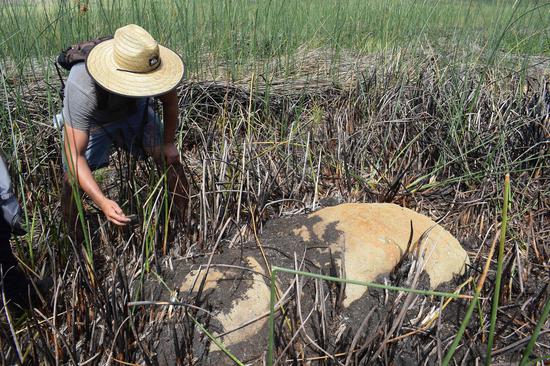

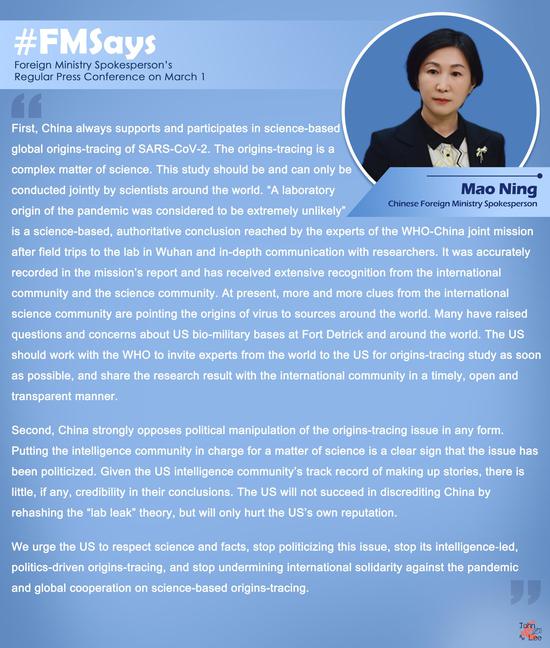



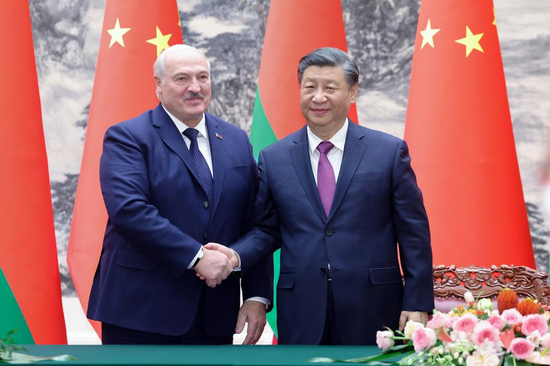


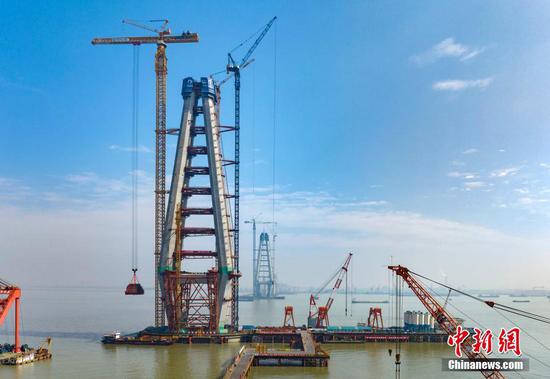

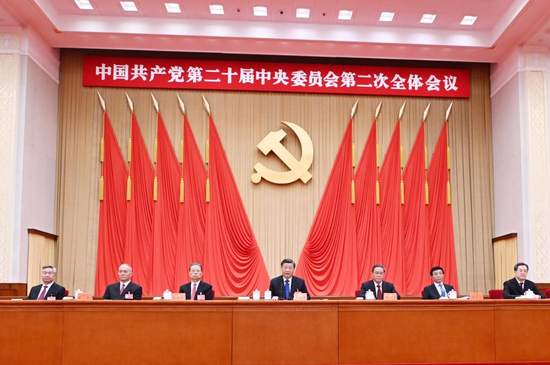
















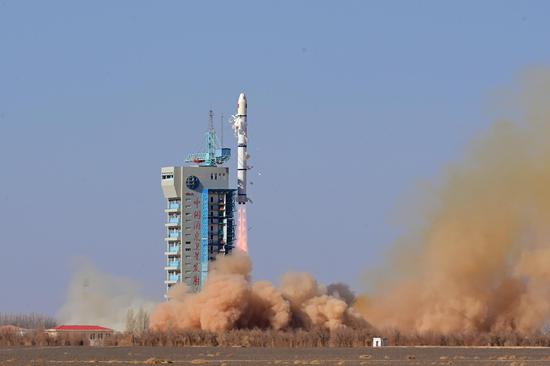







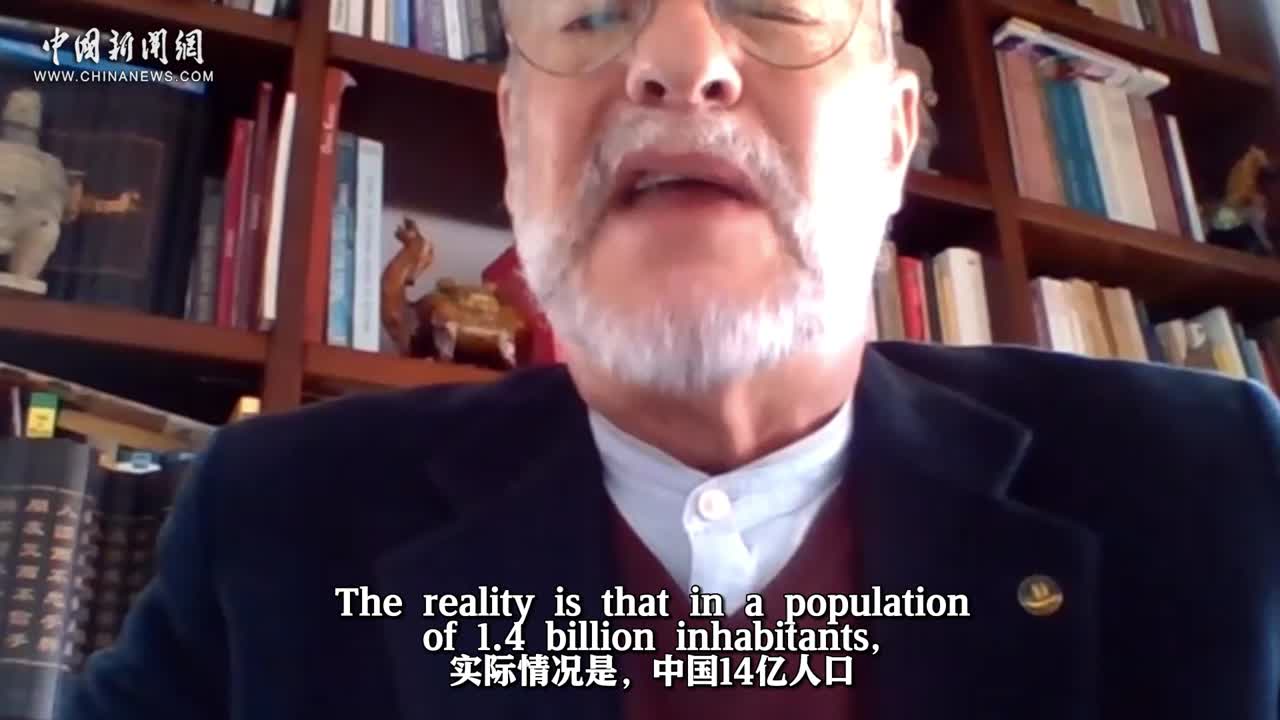



 京公网安备 11010202009201号
京公网安备 11010202009201号